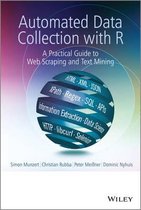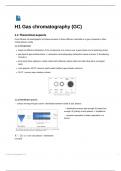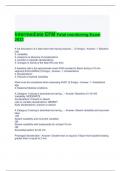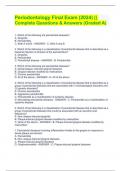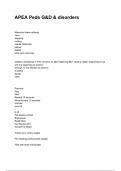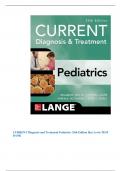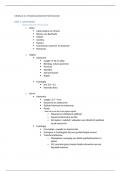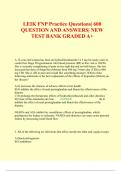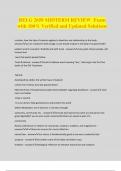Samenvatting
SUMMARY Online Data Collection 2021 - ALL READING MATERIAL (including articles)
- Vak
- Instelling
- Boek
A summary of the following chapters of the book: Chapter 1: everything Chapter 2: everything Chapter 3: everything, except 3.4 Chapter 4: everything, except: 4.3 Chapter 5: only 5.1 and 5.2 Chapter 9: 9.1 (except 9.1.2, 9.1.5, 9.1.9, 9.1.11), 9.2 (except 9.2.1), and 9.3 And the article by ...
[Meer zien]

